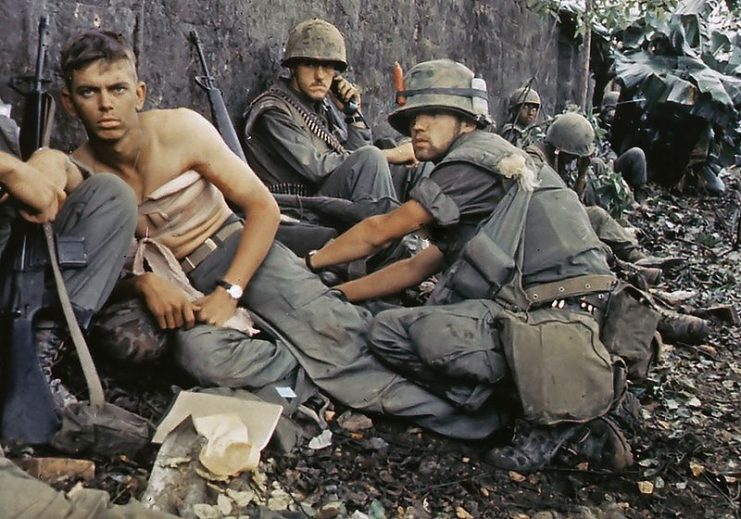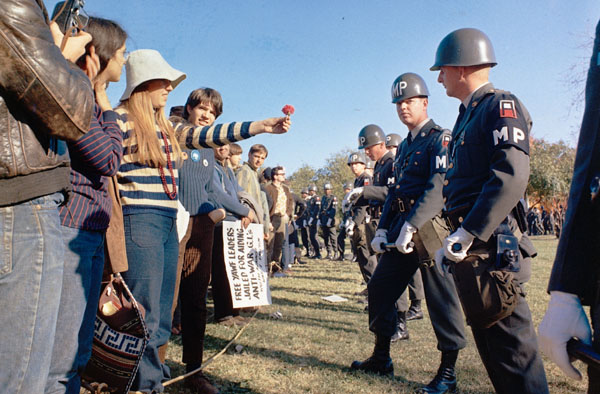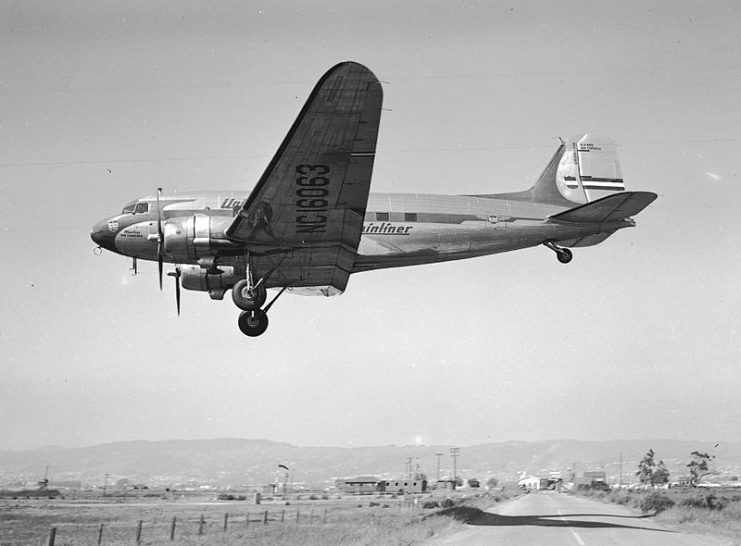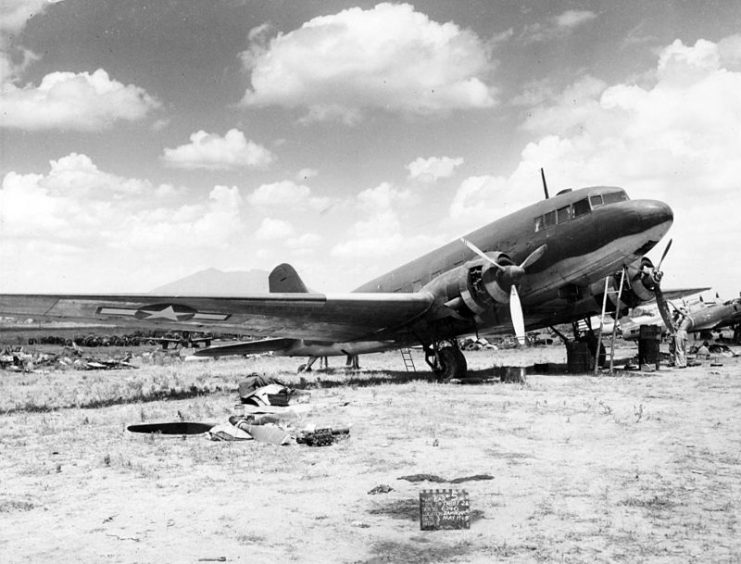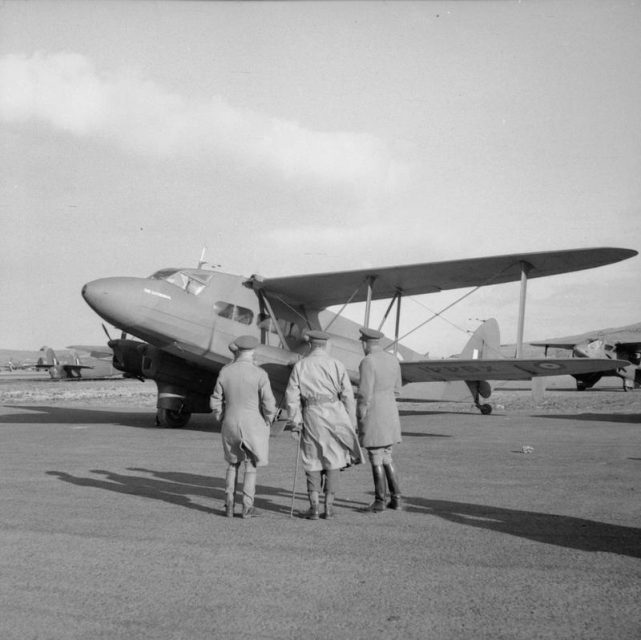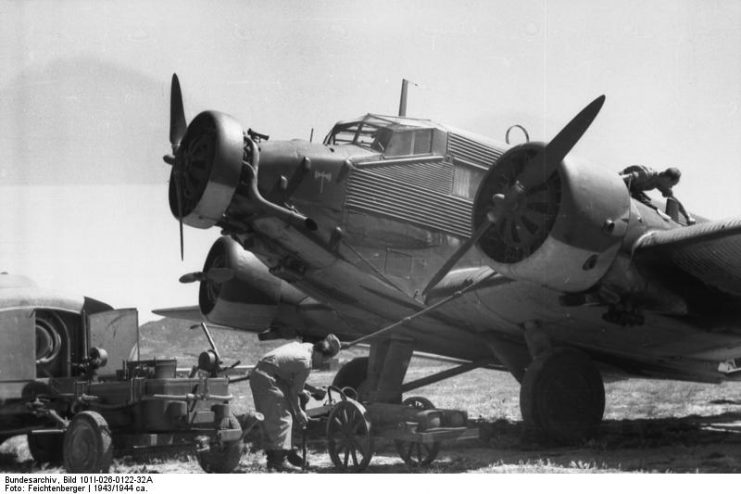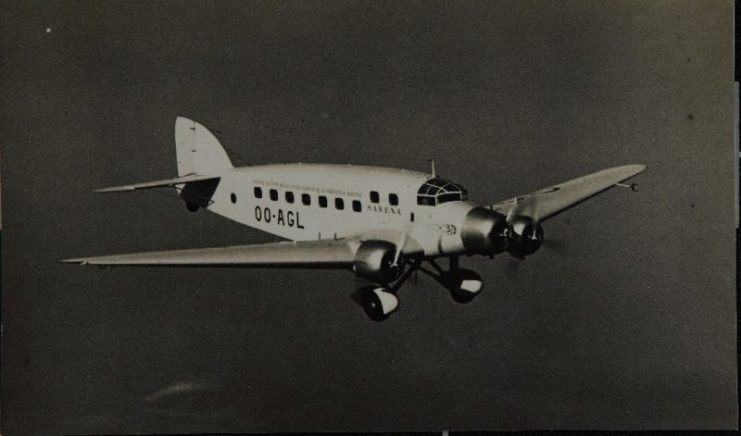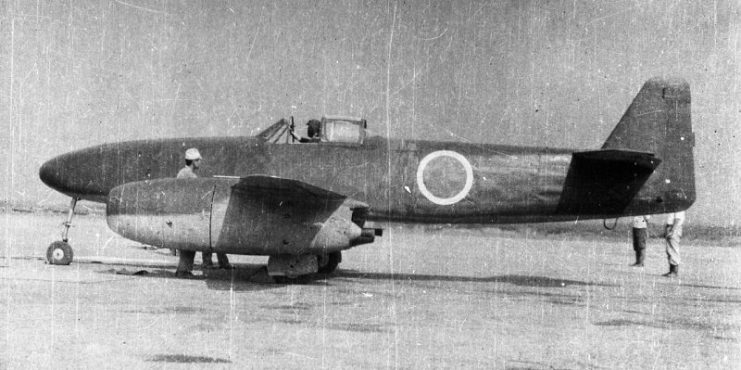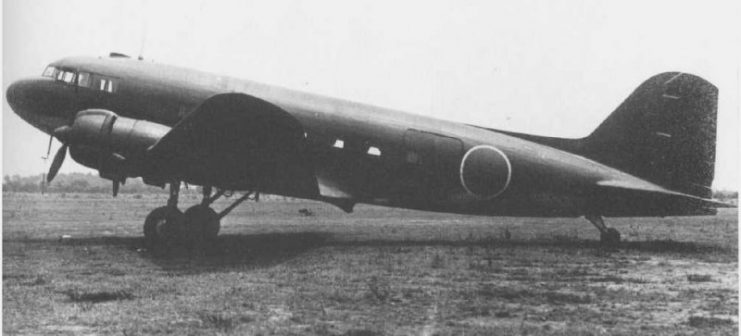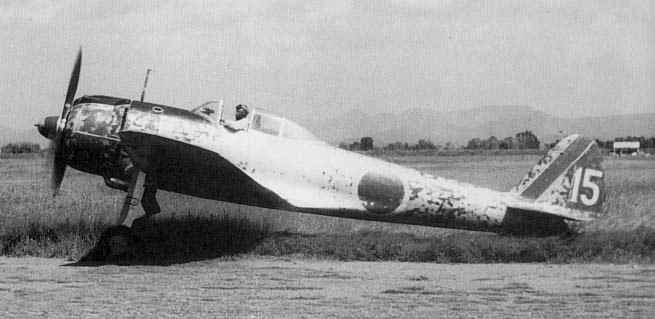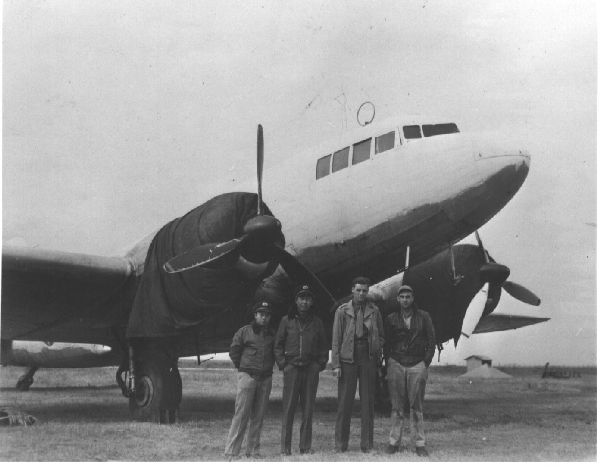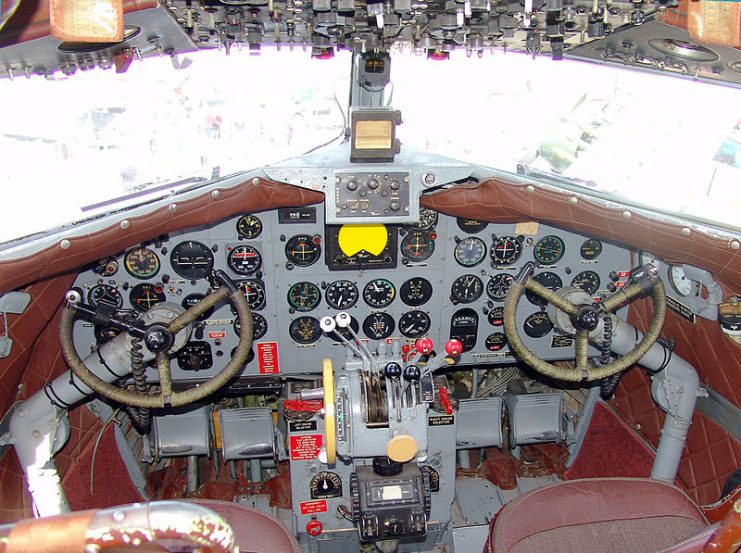But I don't have it in me...
There is so much that I want to talk about...Like last week on our Holy Day, ISIS decided to blow up a bunch of Christians at several churches and at several hotels. Killing over 300 people and wounding many more...
Apparently the "Religion of Peace" decided to strike, Various talking heads besides unable to mention the word "muslim bomber" but used the word "extremist" and stated that a bunch of "Easter Worshippers" were blown up. It is like they got a memo at the same time that NOT to use the word "Christian" because it changes the optics but to use the word "Easter Worshippers"....Really?
When the ChristChurch shootings happened in New Zealand, the media and everyone else tripped over themselves condemning the attack standing in solidarity with "our Muslim Brothers" against hate, it fit the narrative because the shooter was a white guy with an AR-15, something the media loves to crow about when it happens because...well "White guys...bad" is the narrative. For several weeks we had people tweeting support for the muslim community, we had the New Zealand president wearing a hajib and pushing gun control with a vengeance.
Well compare it to the reaction of Sri Lanka, the media is pretty quiet, and it has quickly fallen off the radar and teleprompters of the various news agencies....Like it was planned....Compare to the weeks of posturing, and lecturing we got about the New Zealand shooting, and the 50 people killed. To the over 300 people killed and many more wounded by suicide bombers. and the reaction is totally different...compare the tweets of President Obama and Hillary Clinton to the ChristChurch shooting and the Sri Lanka bombings....
And to prove that I ain't picking on President Obama by himself....
This is the 2008, and 2016 candidate for President Hillary Clinton...
I'm not able to find her tweet by itself, only was is for those that screenshot it. I couldn't find it on "google and "Duck,Duck,Go" What I am saying is that killing people over their religion is wrong period...but somehow one is held to a higher standard than another and that is the scary part.
The Talking heads say that the Sri Lanka bombings is in retaliation for the ChristChurch shootings....I Venomously disagree, DAESH has a habit of planning attacks for months in advance and this didn't strike me as a hastily thrown together attack, they are terrorist but they are cunning terrorist and half planned half assed attacks isn't their M.O. I believe that this attack was planned months in advance to defray from the Syria debacle where they are suffering defeat at the hands of the coalition. This is them proving that they are not down and out and the talking heads mentioning ChristChurch is deflecting blame from DAESH where it belongs because they can't blame muslims for "misbehaving" back to the ChristChurch shooting because it fits the narrative that only white dudes are terrorist. ... But I don't have it in me....
Now to the Notre Dame fire....I was dismayed to see the 900 year old church go up in flames, the history and the craftsmanship that went into that building. They were able to save a lot of the treasure and other things that are a part of the history of the Cathedral. People intermediately pledged money to rebuild the church and a bunch of the French mega millionaires pledged large suns of money to get it fixed. My facebook feed filled up with the most self righteous tripe I have ever seen,
This kind of crap pisses me off, what kind of self righteous drivel is this? Nobody says shit when they build another stadium for some professional ball club spending millions of taxpayer dollars to help fund it. But they immediately start preaching about giving the money to the poor and impoverished....Let me give you idiots a clue...once the money is given to the "Poor" and "World Poverty", the money is GONE and the poor and world poverty is still there because it is an endemic condition and people will always be poor and there is nothing to show for the money except some of the NGO and 3rd world dictators would have some more money in their swiss bank accounts. Notre Dame is a symbol of over 800 years of history and long after we are gone it will still be there, as a symbol kinda like the pyramids....could you imagine one of the Egyptian Pharoh's dealing with this? People who style themselves as "woke" are total idiots and have totally lobotomized their logic though processes for "It feelz good", but I don't have it in me.....
The Mueller report was released over a week ago and for over a week my facebook feed from the never trumpers and hardcore Democrats were silent as they saw their dreams of replacing "The Hated Cheeto Man" via the "Collusion" from the Mueller report went up in smoke.....
Now they are trying to cherry pick certain data from the redacted Mueller report to get President Trump on "Obstruction of Justice". The various democratic committee's in the house are working overtime trying to get President Trump's tax records so they can cruise through them looking for something so they can charge him with some crime. They are looking for anything to push an "impeachment" before the 2020 election. Personally with the exception of the hardcore hacks and other democrats, everyone else is tired of this incessant drumbeat of "Impeach 45" that the democrats and the media keep pushing and I believe that this will come to bite the democrats hard in the 2020 elections. But I don't have it in me.....
Well "Uncle" Joe Biden has formally thrown his hat in the ring for the 2020 election joining all the other clown cars driven by the other candidates with the only unifying thread on all of them is the usual "Orange man Bad" and how much "Free Stuff" they can give to the base for their votes...
I have heard "reparations" from Kamila
We have Elizabeth
But I don't have it in me.....I am just tired....
* "Persons of Color", the new word from the intersectional Left that describes anyone that ain't white.
















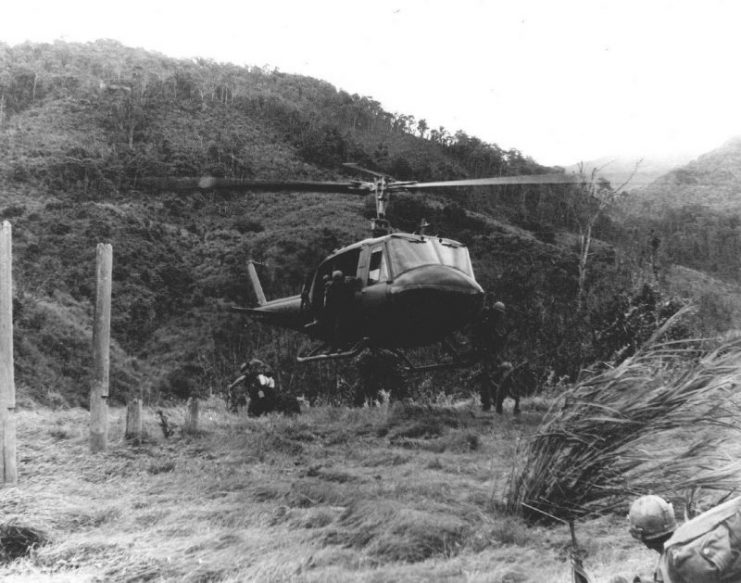
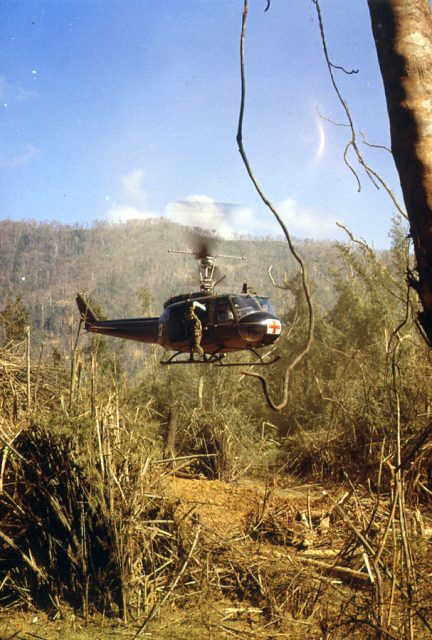

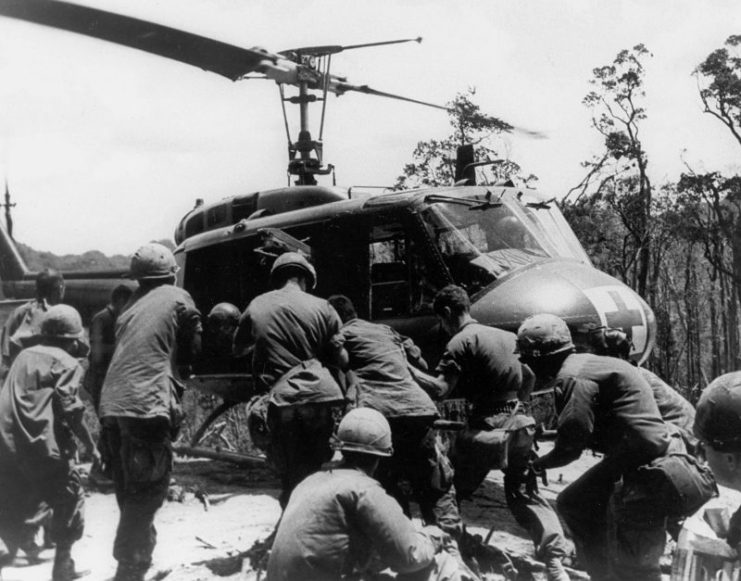


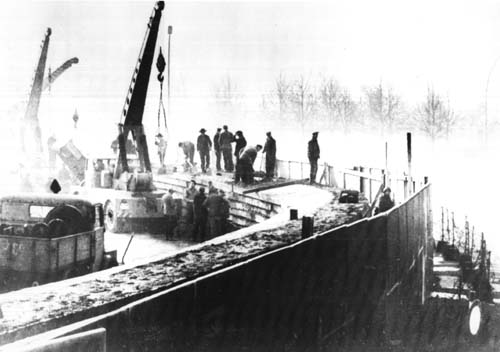
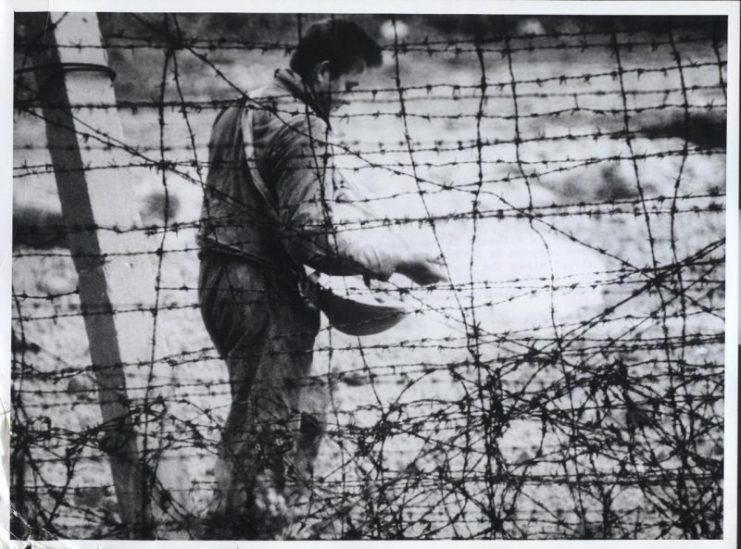 Late
August 1961. A worker spreads chemicals to kill weeds and to provide a
clear line of fire for the East German guards watching the border for
anyone seeking to escape to West Berlin
Late
August 1961. A worker spreads chemicals to kill weeds and to provide a
clear line of fire for the East German guards watching the border for
anyone seeking to escape to West Berlin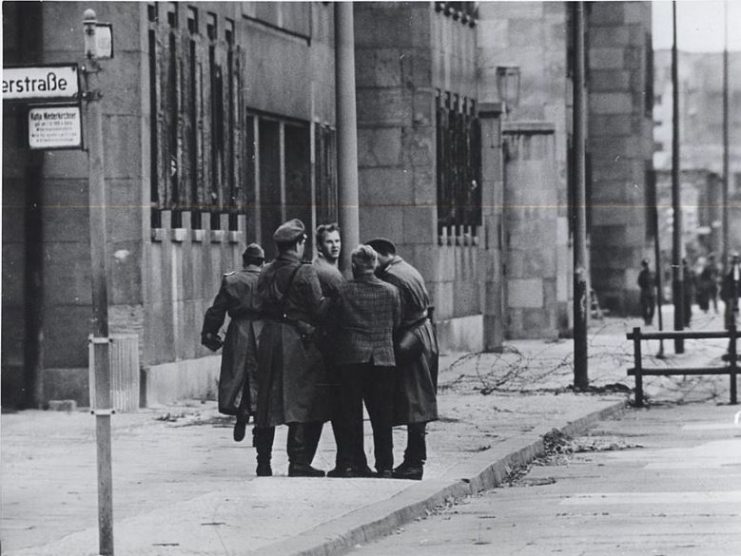
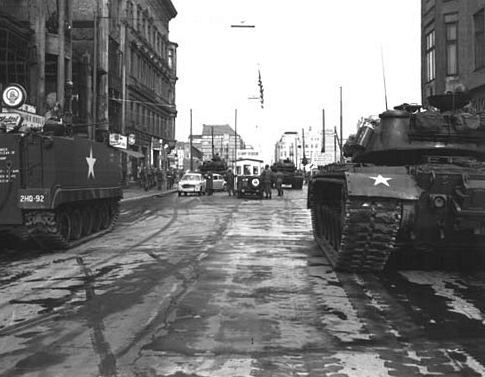
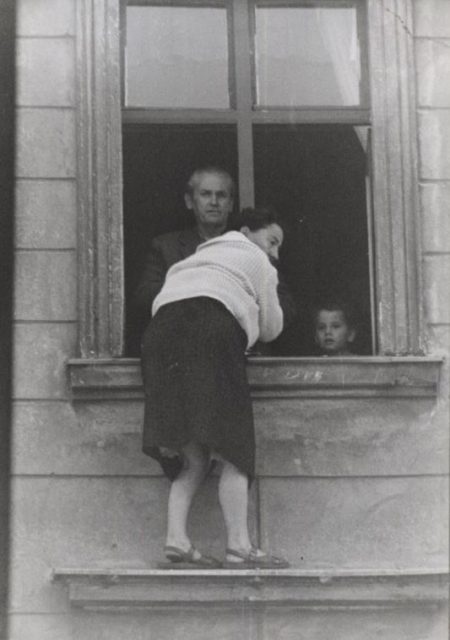
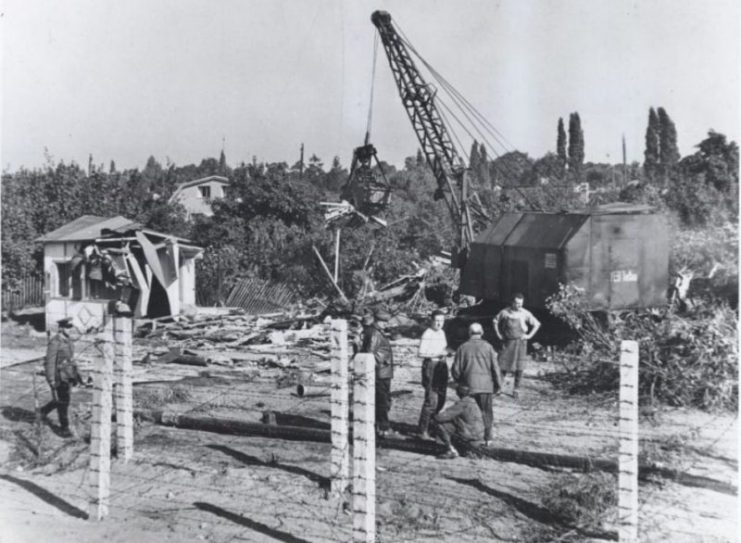
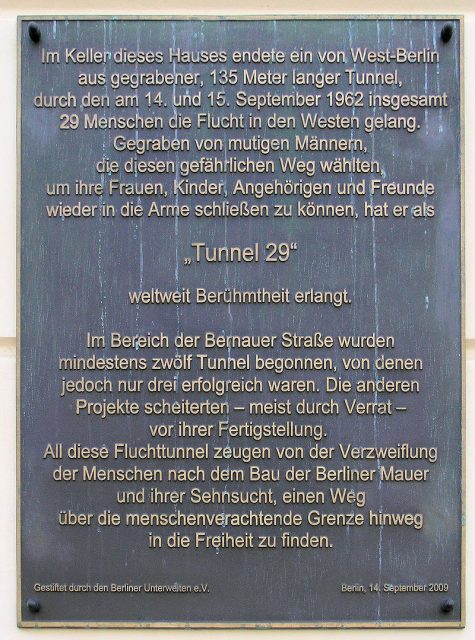






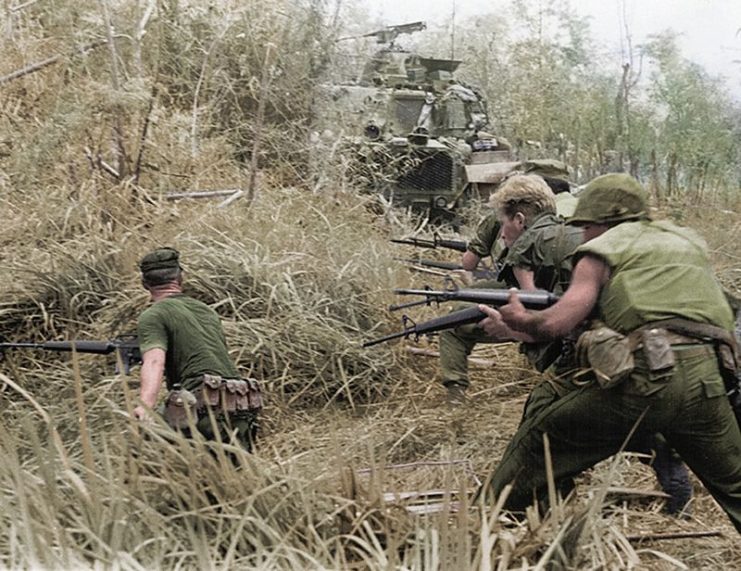
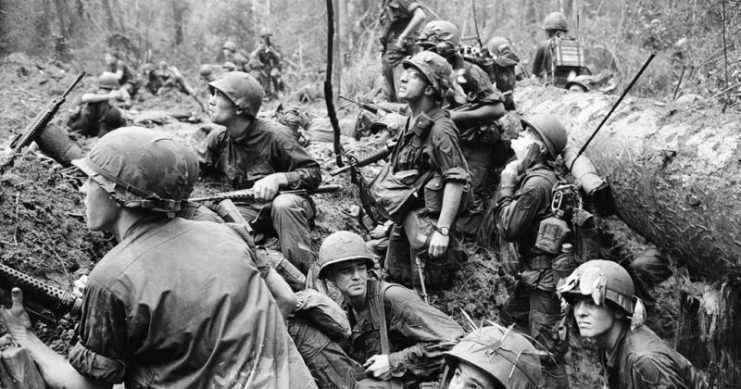
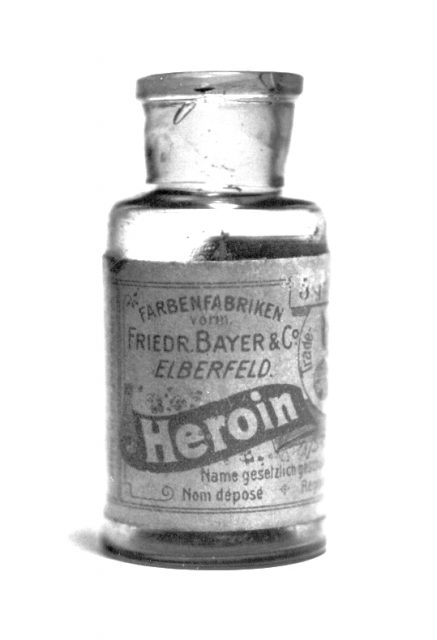
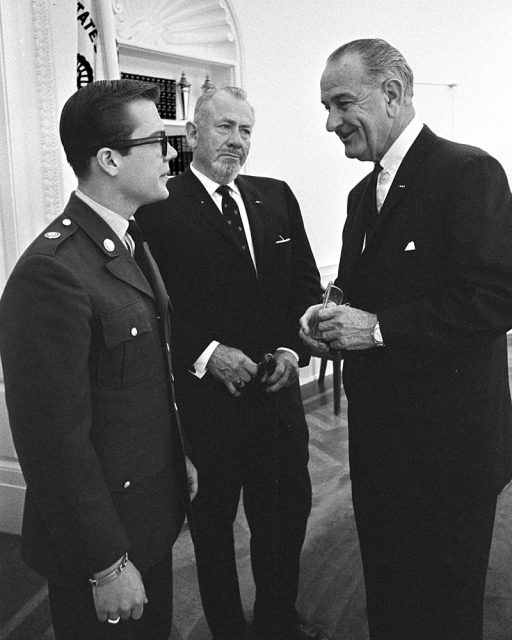
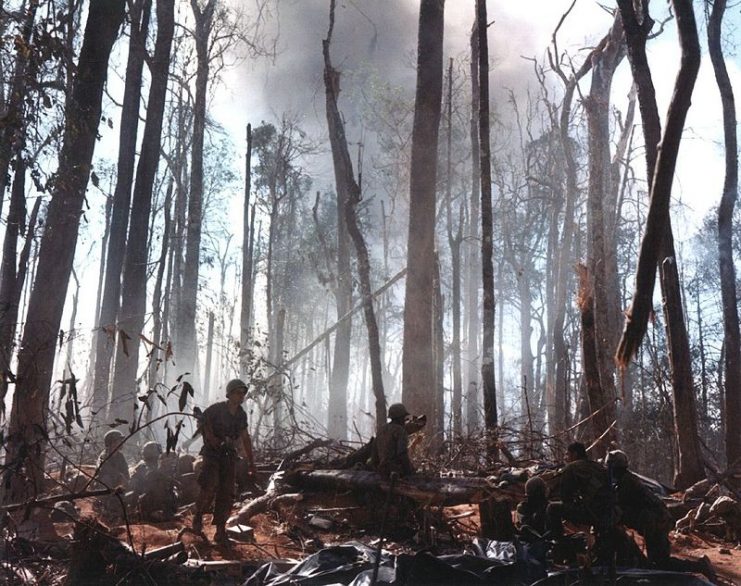
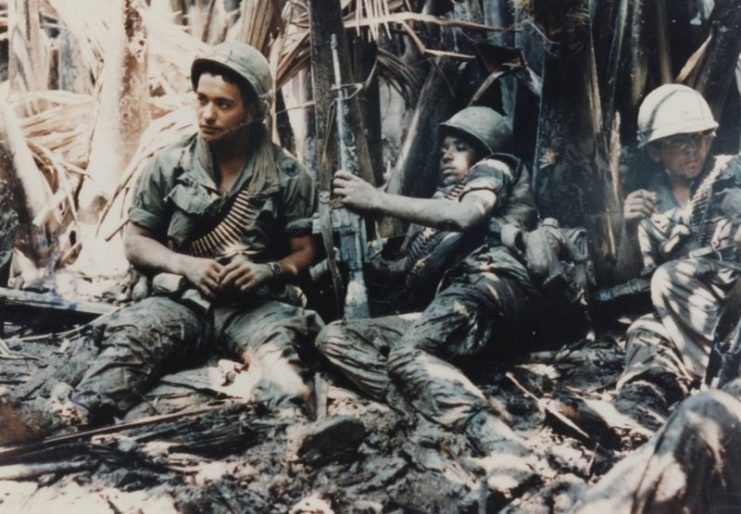 U.S. army troops taking a break while on patrol during the Vietnam War
U.S. army troops taking a break while on patrol during the Vietnam War